Lifelike AI Guide

A photorealistic, animated AI guide welcomes visitors to the virtual museum, offering a personalized tour through the exhibition halls and answering questions in real-time. The guide speaks with a natural, lifelike voice and each response is accompanied by subtitles for added accessibility. Visitors can interact by typing or using voice commands, making the experience more interactive and engaging.
The guide’s appearance automatically adapts to the visitor’s location. A visitor from Saudi Arabia will be greeted by a guide in traditional Arabian attire, while someone from Finland will see a guide with more European features.
Like the virtual museum, the AI guide works seamlessly across all devices — from smartphones to desktop computers — ensuring a consistent and engaging experience for every visitor anywhere in the world.
VR Application
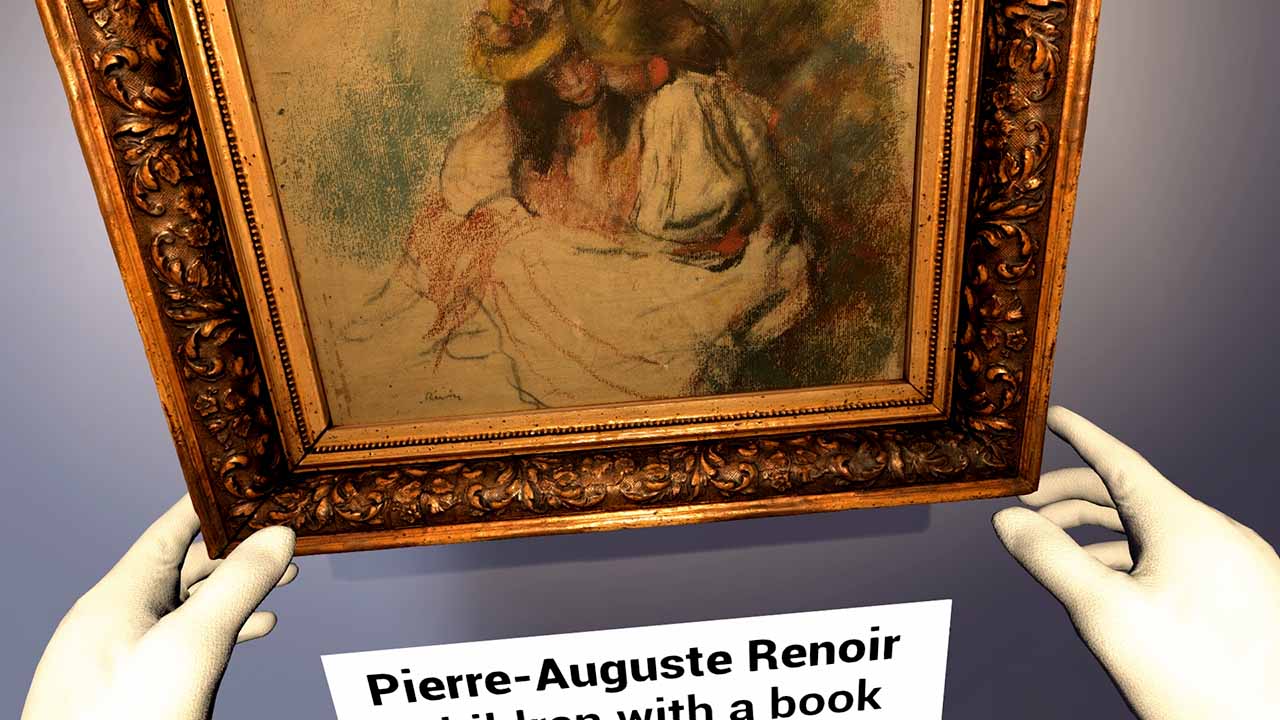
When creating a digital museum on the META(art) platform, a virtual reality version is generated alongside the browser-based version — at no extra cost or additional time required. This seamless process ensures your museum is accessible across various platforms, including VR headsets, providing visitors with a truly immersive experience.
A VR headset offers the most engaging way to explore the metaverse of world art. Visitors can enter a fully immersive environment where they interact with digital replicas of artworks without any distractions. The experience makes users feel like they are standing in the exhibition halls, face-to-face with masterpieces.
The VR application can be downloaded directly from the virtual museum’s website or made available on digital distribution services like Steam. Explore examples such as MalovMetaArt Metaverse or MalovModernArt Virtual Museum to see how virtual reality can transform the way we experience art.Edutainment
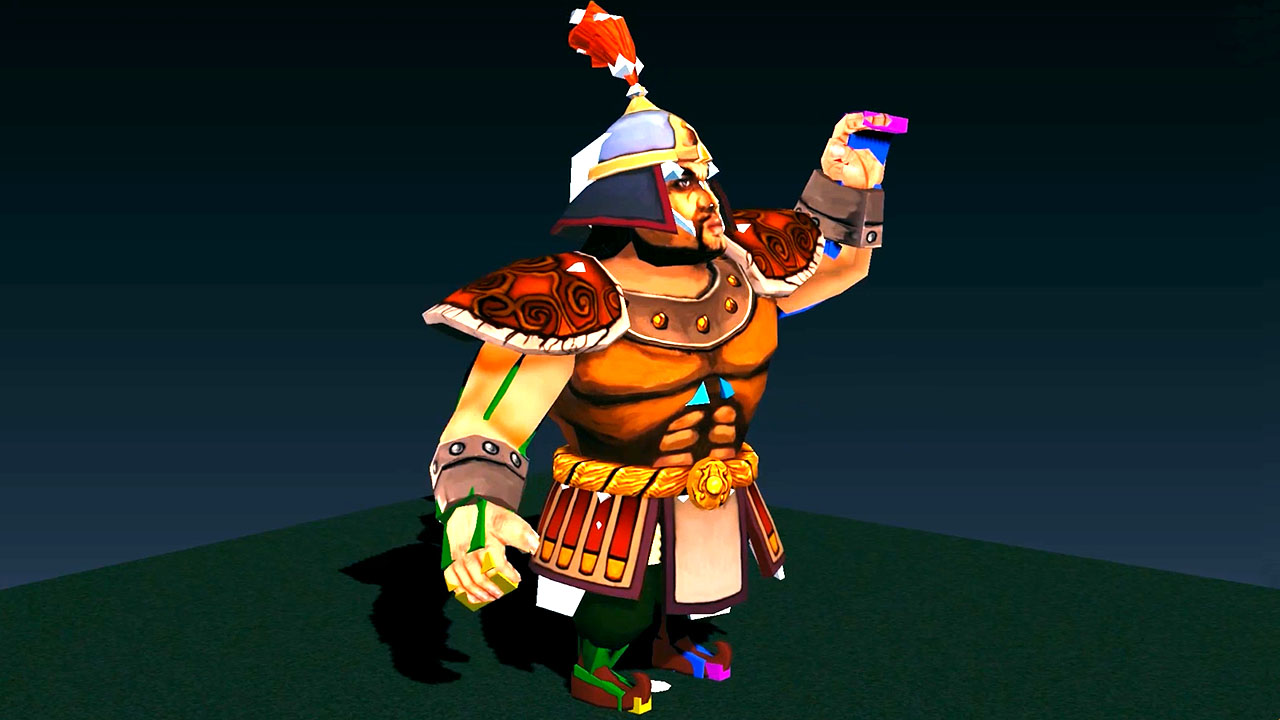
By leveraging Unreal Engine, a state-of-the-art game engine and real-time 3D visualization system, the META(art) platform seamlessly integrates education and entertainment — bringing the Edutainment concept to life. This advanced technology enables the creation of interactive experiences for all ages, designed to explore art and culture in a truly engaging way.
Are young audiences hard to attract to museums? Let’s create an immersive quest where they dash through galleries, follow a thrilling storyline, and uncover secrets hidden within artworks and exhibits. Suddenly, they’re drawn into the world of art — not because they have to, but because they genuinely want to. First in the digital space and then in real-life museums.
From interactive quizzes hosted by charming lifelike AI guides to full-fledged cultural adventures, META(art) transforms learning into an experience as visually stunning as intellectually enriching. With photorealistic 3D animation, advanced AI, and limitless storytelling possibilities, museums and art collections can be presented not as static archives but as living, dynamic worlds — where knowledge is gained through play.
This isn’t just an online encyclopedia. It’s a thrilling game — one you won’t want to stop playing. 😉
Interactive Advertising
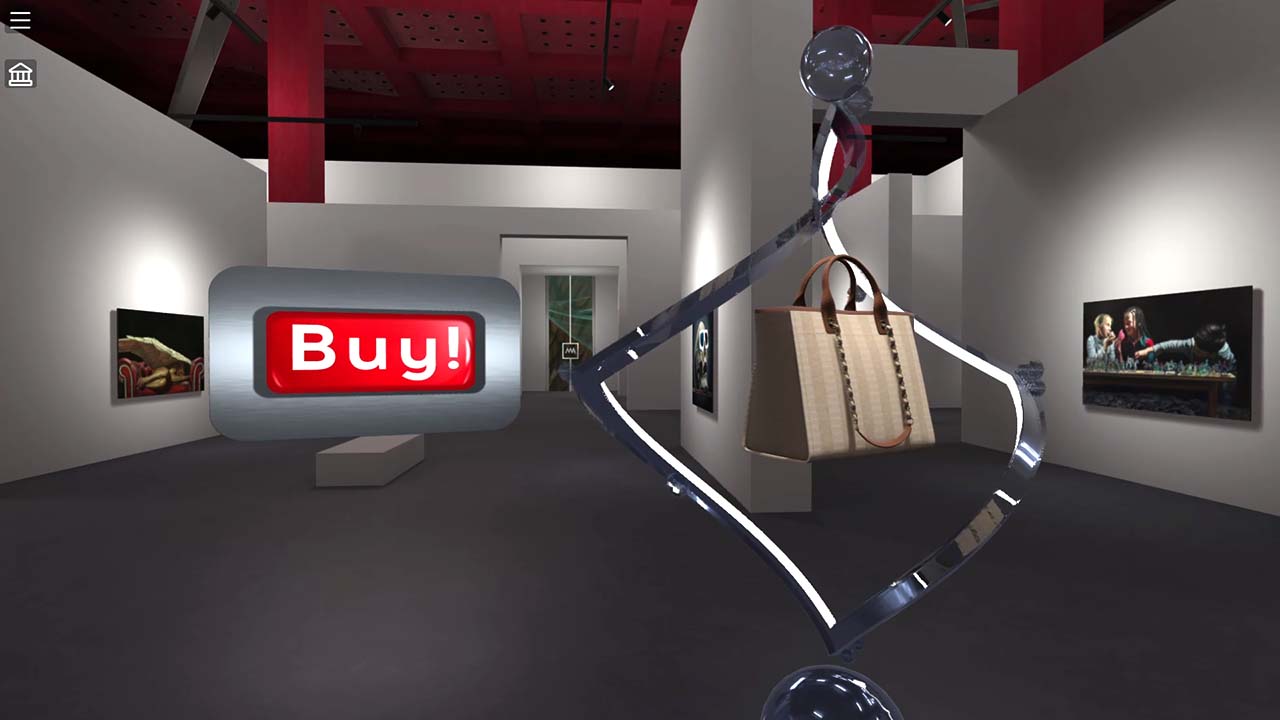
Monetization is always a relevant topic for museums, and virtual exhibition halls offer a unique opportunity to generate revenue through advertising. Unlike traditional banner ads, virtual spaces enable interactive product experiences that actively engage users. Visitors can explore products in 3D, interact with them, and get a sense of their real-world appeal — an approach far more effective than static ads.
People are more likely to buy what they can experience firsthand. Advertising in a virtual museum doesn’t have to disrupt the visitor’s experience. Instead, it can blend seamlessly into the environment, offering premium brands the chance to showcase their products in creative and immersive ways.
Luxury goods, premium cars, and real estate can be promoted in virtual galleries without compromising the museum’s image. Virtual museums provide a space where high-end advertising feels appropriate, offering both museums and brands a mutually beneficial opportunity to connect with audiences in innovative ways.
ArtLab
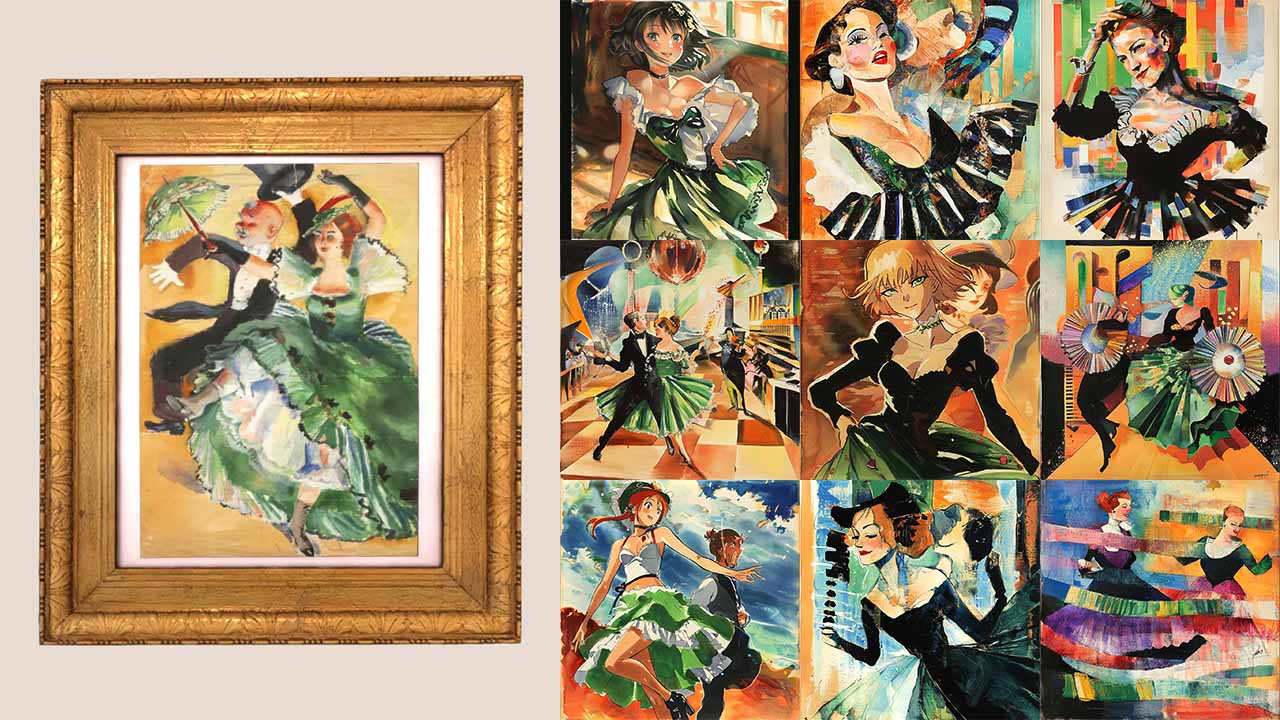
The ArtLab module invites visitors to unleash their creativity by using AI to create personalized images based on artworks from the virtual museum’s collection. With AI-generated art becoming a global trend, ArtLab offers museums a way to embrace this movement and provide an engaging, interactive experience directly within their digital spaces.
Rather than directing visitors to external platforms, ArtLab keeps them within the museum’s virtual environment, allowing them to explore their creativity while staying connected to cultural heritage. Visitors, especially younger audiences, can experiment with colors, styles, and compositions, transforming existing masterpieces into new digital creations.
By giving users the tools to create something beautiful and unique today — even with the help of AI — museums foster stronger connections for the future. The creative engagement provided by ArtLab inspires visitors to return, encouraging a deeper appreciation for art and culture.
NFT Integration
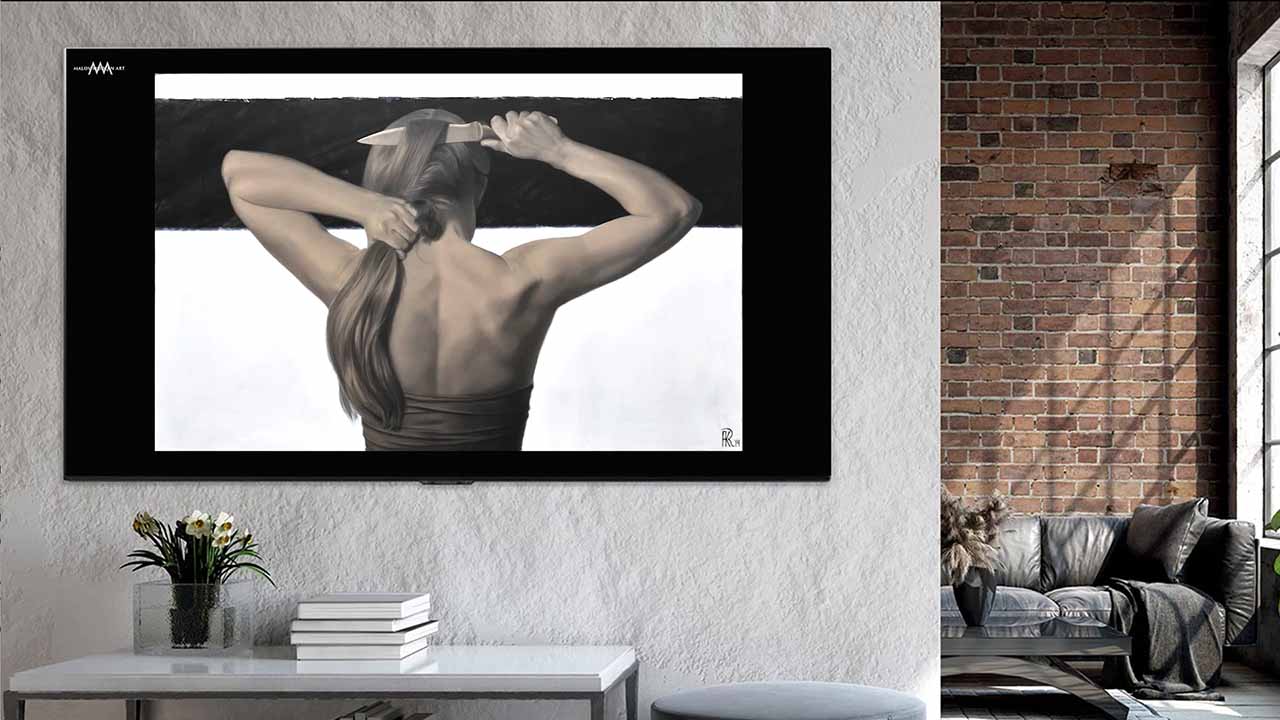
Every artwork in a virtual museum created on the META(art) platform automatically generates a unique NFT. Unlike typical NFTs, these are protected by advanced cryptography, ensuring secure access exclusively for the rightful owner. These NFTs are not simple images — they are fully interactive 3D objects that precisely replicate the original artworks with remarkable detail.
The security of NFT(art) goes beyond standard protection measures. Access to the NFT collection is available only through a specialized app, and each transaction is encrypted, making theft or unauthorized distribution impossible. This approach ensures that the authenticity and integrity of digital assets are preserved.
For museums and collectors, NFTs open new possibilities. They offer a way to certify digital twins of masterpieces and provide a new revenue stream by offering exclusive, authenticated digital experiences to art enthusiasts. By combining art and technology, META(art) ensures that cultural heritage enters the digital age safely and securely.
Image source: LG GX TVNFT(art) Application
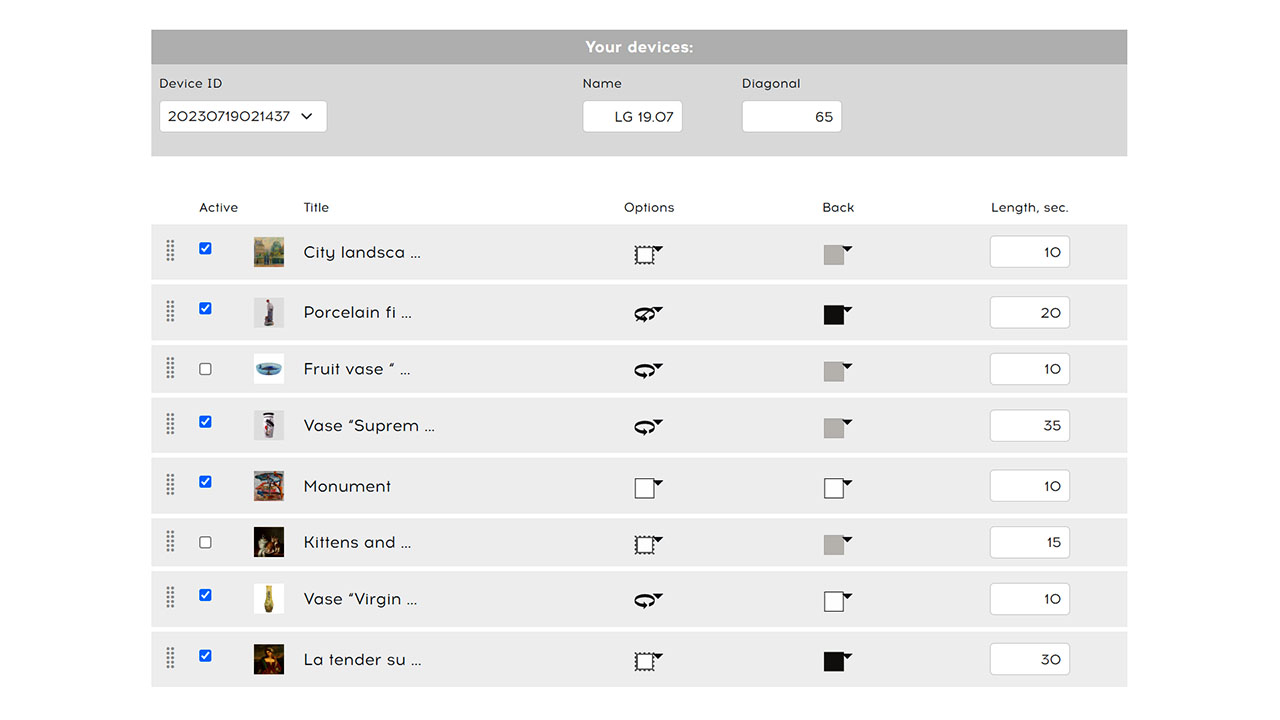
The NFT(art) application is more than just a secure viewer for encrypted NFTs from a museum’s collection. It is a digital art player that allows legitimate NFT owners to create personalized "playlists" of their favorite artworks. These playlists can be curated, customized, and viewed on-demand, allowing users to build their own digital museum experience.
Like a music player lets users organize their favorite songs, NFT(art) lets collectors arrange masterpieces in the order they prefer and enjoy them anytime, on any supported device. This interactive approach enhances the value of owning digital art, making it more personal and engaging.
The NFT(art) application is compatible with Windows and MacOS desktops, smart TVs, and TV boxes. Whether at home or on the go, users can immerse themselves in a personalized virtual museum, experiencing art in an innovative and timeless way.
Multilingual Support
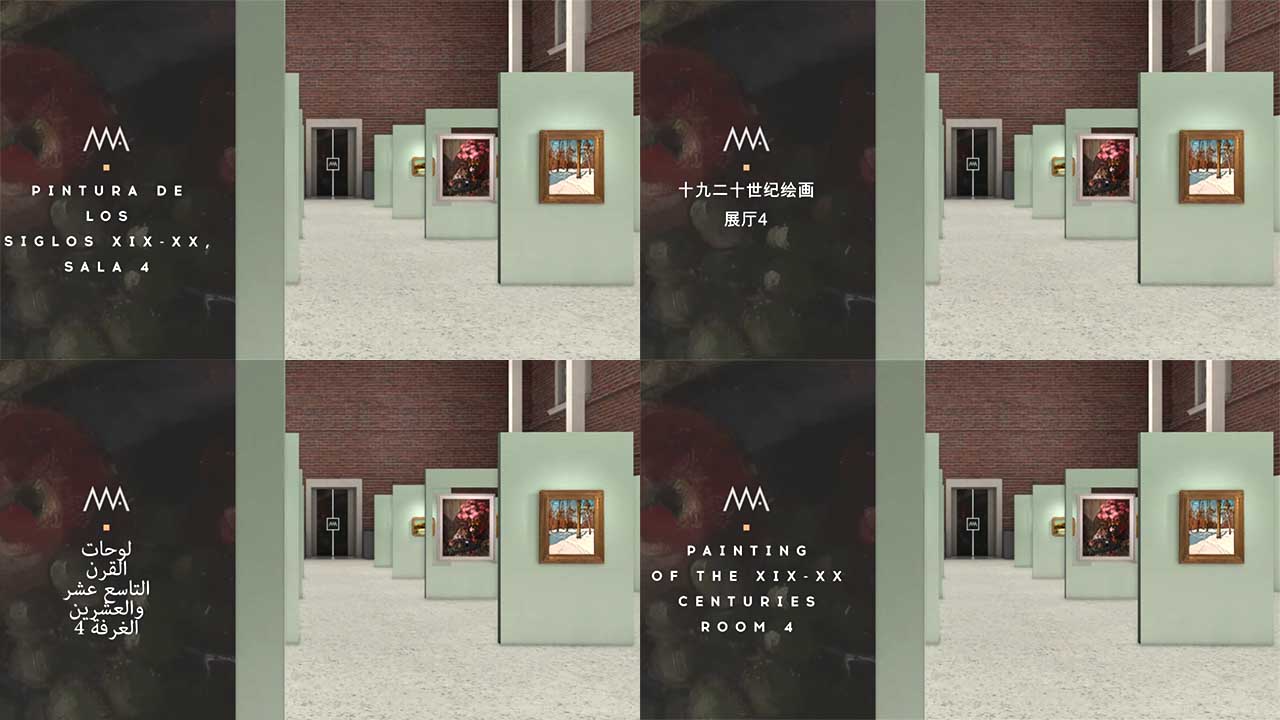
The virtual AI guide communicates with visitors in multiple languages, making the museum experience more inclusive and accessible to a global audience. Visitors can select their preferred language for the guide’s speech and all textual information about artworks, artists, and exhibitions. This ensures that every visitor can fully engage with the museum’s content in a language they understand.
Currently, the platform supports English, Spanish, French, German, Chinese (Mandarin), Arabic, and Russian. However, we are happy to expand language support based on your needs. Our AI guides can be trained in additional languages to ensure that your museum is accessible to an even wider audience.
By offering multilingual interaction, META(art) breaks down language barriers and opens cultural heritage to visitors worldwide, regardless of their native tongue.